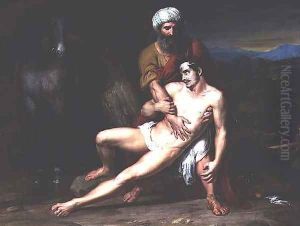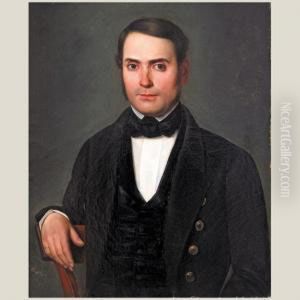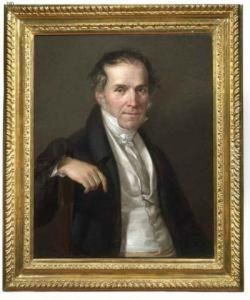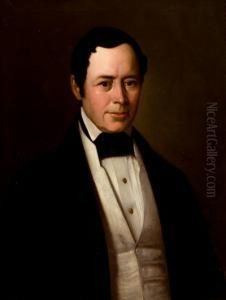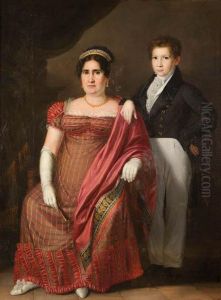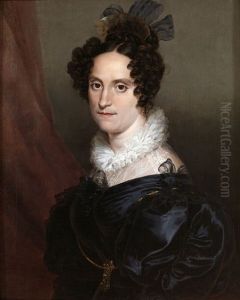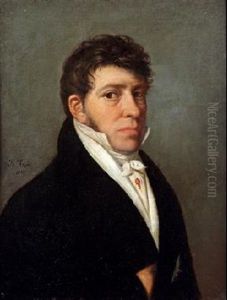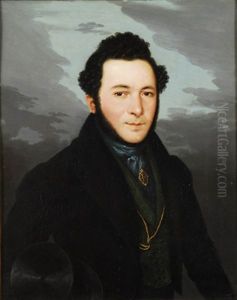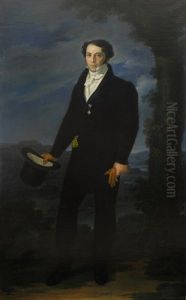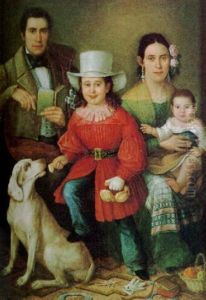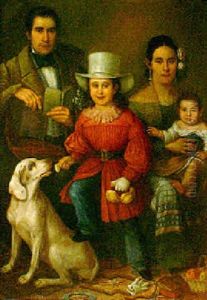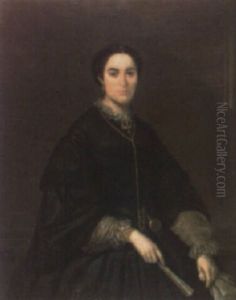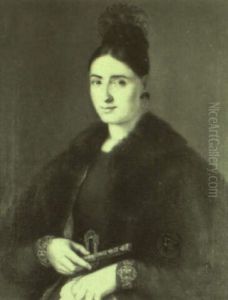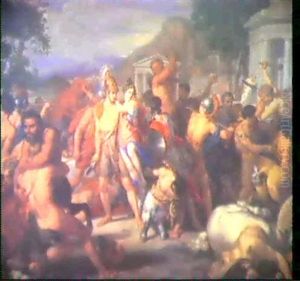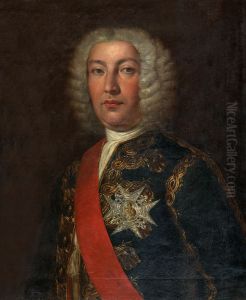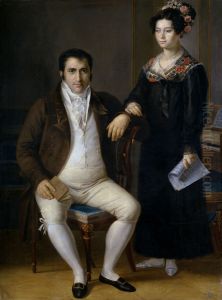Rafael Tejeo Paintings
Rafael Tejeo was a Spanish painter, born in the small town of Daimiel in the province of Ciudad Real, in the region of Castilla-La Mancha, Spain, in 1798. His early life was marked by the turbulent times of the Napoleonic Wars and their impact on Spain, but despite these challenges, Tejeo managed to cultivate a passion for the arts from a young age. He initially trained under the guidance of local artists before moving to Madrid to further his studies.
In Madrid, Tejeo enrolled at the Real Academia de Bellas Artes de San Fernando, which was the premier institution for arts education in Spain. There, he honed his skills in drawing, painting, and sculpture, and was greatly influenced by the works of the old masters, as well as by his contemporaries. Tejeo was particularly drawn to the neoclassical style, which was prevalent at the time and reflected in the works of artists like Jacques-Louis David and Antonio Canova. He embraced the emphasis on classical antiquity, harmony, and the idealization of the human form that characterized neoclassicism.
As he progressed in his career, Rafael Tejeo began to receive notable commissions and recognition for his work. His paintings often depicted historical, mythological, or religious subjects, executed with precise technique and attention to detail. He was also known for his portraits, which captured the likeness and character of his subjects with great skill. Despite the popularity of Romanticism during much of his career, Tejeo remained committed to the neoclassical aesthetic, and his work is considered a fine example of this style in Spanish art.
Tejeo's talent was acknowledged by his peers and patrons, and he was awarded various honors and prizes throughout his career. He also became an academic at the Real Academia de Bellas Artes de San Fernando, contributing to the education of the next generation of Spanish artists. His works can be found in several Spanish museums and have been praised for their clarity, composition, and the elegance of their execution.
Rafael Tejeo's life and career came to an end in Madrid in 1856. Although he may not be as widely known as some of his contemporaries, his contribution to Spanish art, particularly in maintaining and developing the neoclassical tradition during a period that saw the rise of Romanticism and other artistic movements, remains significant. His legacy is preserved through his paintings, which continue to be studied and admired for their technical mastery and aesthetic beauty.
